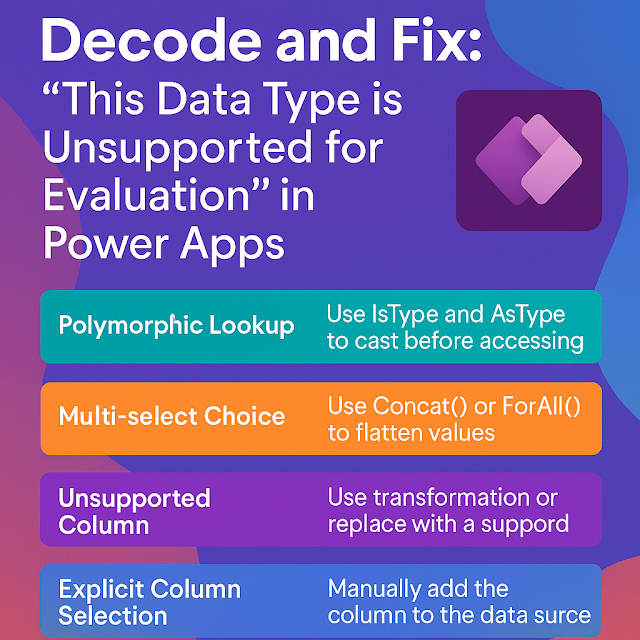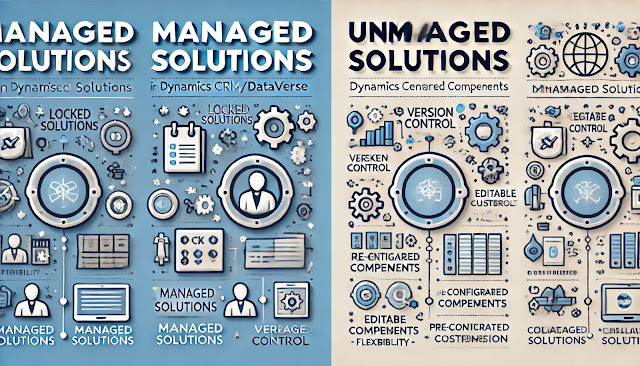Dynamics 365 Field Service : Configure schedule assistant settings
In Dynamics 365 Field Service, efficient resource scheduling is at the heart of delivering excellent service. The Schedule Assistant is a powerful feature that helps dispatchers and service managers automatically find the best available resources for work orders based on a wide range of criteria like location, skills, availability, and more.
In this blog, we’ll dive into how to configure the Schedule Assistant, what each setting means, and tips to get the best out of it.
What is the Schedule Assistant?
The Schedule Assistant is the logic engine behind the Schedule Board in Field Service. When you try to schedule a work order (or any requirement), it searches through available resources and suggests the best matches based on filters like:
- Resource availability
- Travel distance
- Skills and roles
- Work hours
- Preferred territories
- Resource types (e.g., technician, subcontractor)
It saves time for dispatchers and reduces manual errors in assignment.
Where to Configure Schedule Assistant?
You can configure Schedule Assistant settings at multiple levels:
1. Global Settings (Across the org)
2. Per Resource Requirement
3. Within the Schedule Board Filter Panel
4. Per Bookable Resource Booking rule
Let’s explore each one.
1. Global Settings
Go to Field Service > Settings > Scheduling Parameters
This is where you configure global behavior of the Schedule Assistant. Some key fields:
2. Per Resource Requirement
When you create a Resource Requirement (automatically created with a Work Order), you can define specific settings for that requirement:
- Time Window (Start/End time)
- Preferred Resource
- Required Skills/Certificates
- Territory
- Duration of work
- Organizational Unit
👉 These feed into the Schedule Assistant and filter out only matching resources.
3. Schedule Board Filter Panel
When using the Schedule Board, dispatchers can interactively adjust filter settings:
- Territories
- Skills
- Resource Types
- Availability windows
- Working Hours (on/off)
- Include Travel Time
Click the “Find Availability” button, which launches the Schedule Assistant pane with all these filters.
This is useful when dispatchers want manual control over scheduling preferences, overriding the global defaults.
4. Bookable Resource Booking Rules
Admins can define custom business rules to validate or block booking behavior using Bookable Resource Booking Rules.
Example:
- Don’t allow bookings outside a technician’s territory
- Or: Only allow bookings for resources with a minimum certification level
These rules trigger before confirming a booking, either warning or preventing it.
You can find this under:
Field Service > Settings > Booking Rules
Best Practices
1. Always include travel time to avoid unrealistic schedules.
2. Configure skills & roles for resources to improve matching accuracy.
3. Use territory management to narrow the scope of scheduling.
4. Avoid hard constraints like "Must be this resource" unless truly needed.
5. Test Schedule Assistant thoroughly in a sandbox before deploying complex logic.
Final Thoughts
The Schedule Assistant in Dynamics 365 Field Service is a powerful ally for operational efficiency. By configuring it properly, businesses can:
- Reduce travel and idle time
- Maximize resource utilization
- Ensure faster response to customers
- Avoid booking conflicts and errors













Comments
Post a Comment